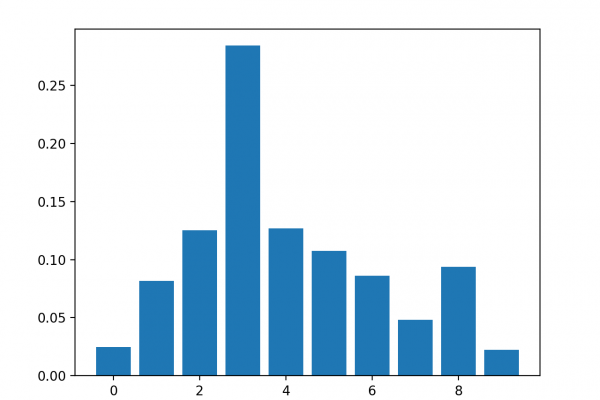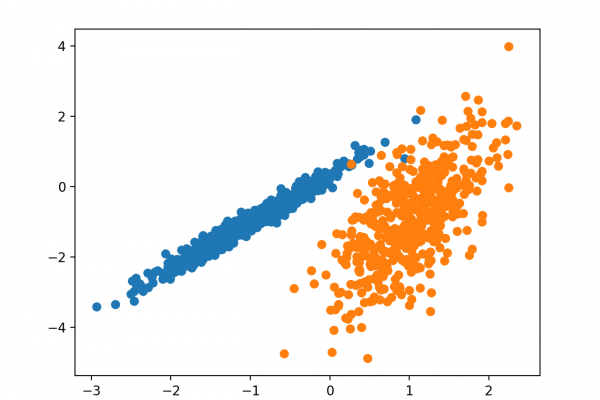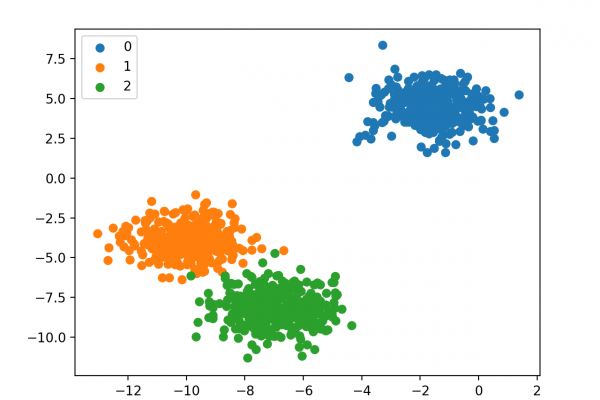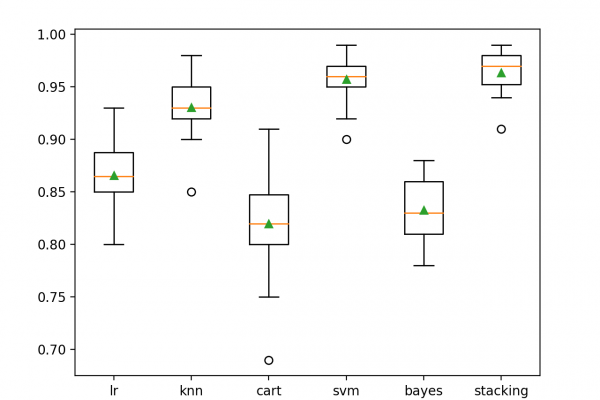4 Distance Measures for Machine Learning
Last Updated on August 19, 2020 Distance measures play an important role in machine learning. They provide the foundation for many popular and effective machine learning algorithms like k-nearest neighbors for supervised learning and k-means clustering for unsupervised learning. Different distance measures must be chosen and used depending on the types of the data. As such, it is important to know how to implement and calculate a range of different popular distance measures and the intuitions for the resulting scores. […]
Read more








